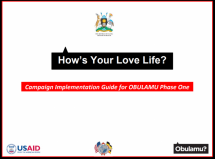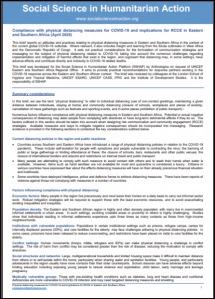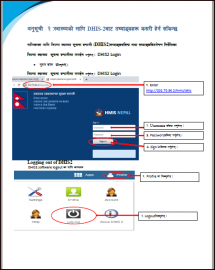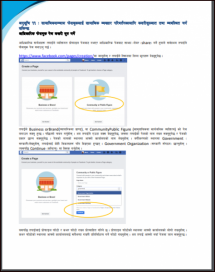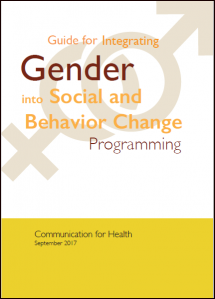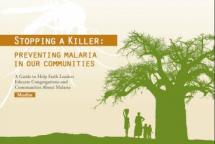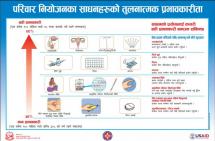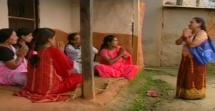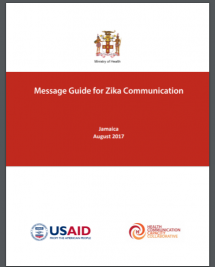Oblulamu Implementation Guide
This implementation guide was used to roll out Phase One of the Oblumanu Campaign in Uganda.
The Obulamu campaign, September 2014 to December 2017, forms a multi-channel communication platform using the standard greeting “Obulamu” or “How’s Life” as its umbrella slogan to integrate six health areas: HIV/AIDS, family planning, malaria, maternal and child health, nutrition and TB. The campaign uses radio, television, and print materials which can be used and adapted by campaign partners. The campaign is a series of innovative health communication interventions. The Oblulamu campaign was designed in four phases that follow a life-stage approach for audience focus:
- Phase One: addressed young adults in relationships, persons living with HIV and other key populations ages 18–30
- Phase Two: Addressed pregnant women and their partners
- Phase Three: Addressed female caretakers of children under 5
- Phase Four: Addressed adolescent girls and boys
The integrated campaign platform is designed to roll out a series of health communication interventions to contribute to reducing HIV infections, total fertility, maternal and child mortality, malnutrition, malaria, and tuberculosis. It is based around life stages: family with children, adolescents, young people in relationships, and couples in longer term relationships, and is designed to encourage access to services and positive health-seeking behaviors.
Source: FHI360
Date of Publication: May 19, 2020
SIMILIAR RESOURCES
Tools
Examples
- Integrated SBCC Programs: Key Challenges and Promising Strategies - Webinar
- SBCC for Malaria in Pregnancy: Strategy Development Guidance
- MULTI-SBC: The Programmatic Aid for Multi-Sectoral Integration of SBC for FP Practitioners
- Entertainment-Education Curriculum
- A Guide for Planning and Implementing Social and Behavior Change Communication Activities for Postpartum Family Planning
- Accelerator Behaviors
- The REPLACE Approach: Supporting Communities to End FGM
- HIV and Sexual and Reproductive Health Programming: Innovative Approaches to Integrated Service Delivery
- Community Communication MNCH e-Manual: Participatory Health Promotion Sessions
- Healthy People, Healthy Ecosystems: A Manual on Integrating Health and Family Planning into Conservation Projects

